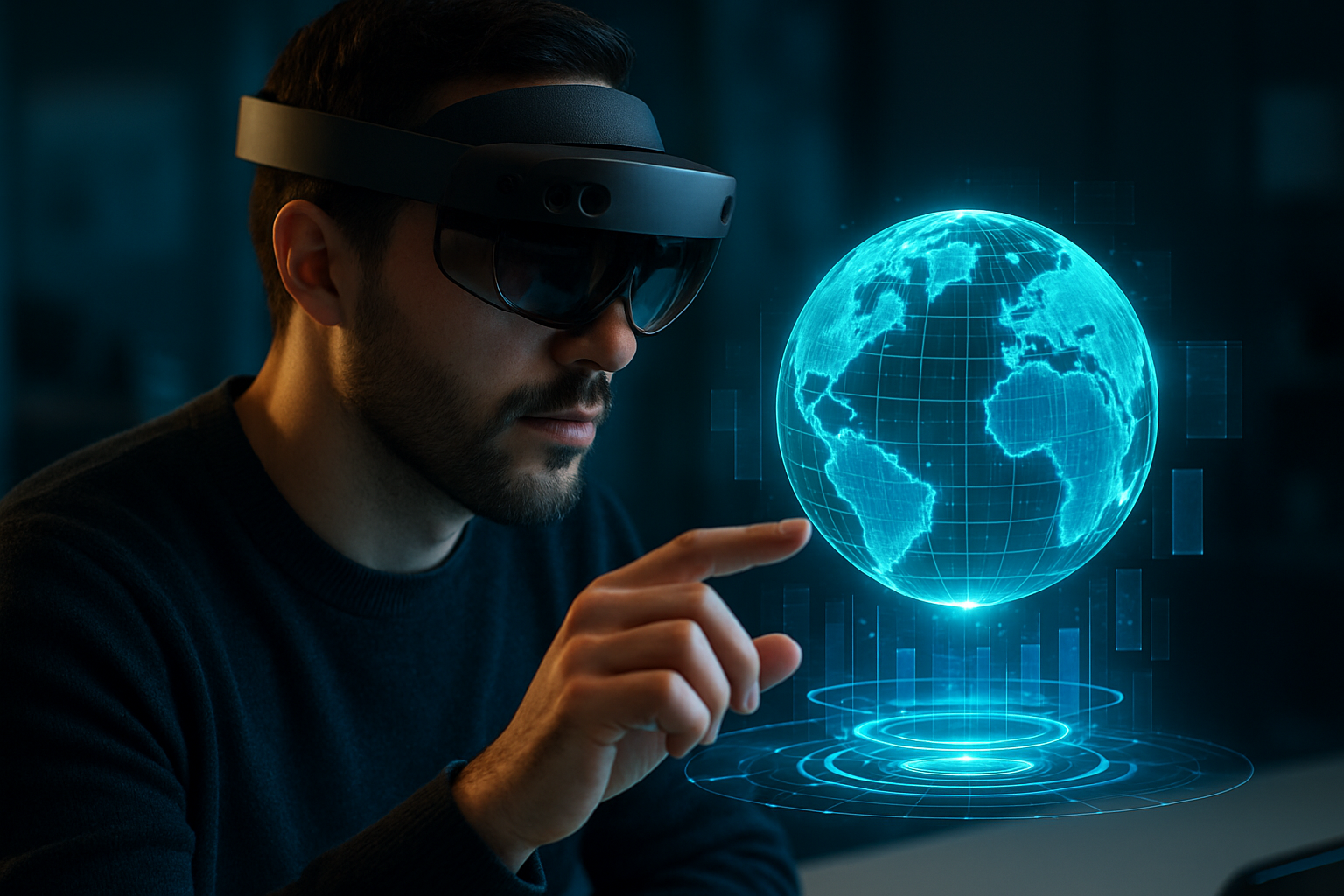Holographic Touch: The Next Frontier in User Interaction
In a world where touchscreens have become ubiquitous, a groundbreaking technology is emerging that could redefine how we interact with our devices. Holographic touch interfaces are poised to revolutionize user experience, offering a tactile interaction with mid-air projections that feels straight out of science fiction. This leap in interface design promises to merge the digital and physical worlds in ways we've only dreamed of, potentially transforming everything from smartphones to industrial controls.

How holographic touch works
At its core, holographic touch combines three key elements: a holographic display, an ultrasonic array, and precise motion tracking. The holographic display projects a 3D image into space, while the ultrasonic array creates areas of high and low air pressure that can be felt as tactile sensations. Motion tracking cameras and software interpret user movements, allowing real-time interaction with the holographic elements.
The sensory illusion of mid-air touch
One of the most fascinating aspects of holographic touch is its ability to create the illusion of physical contact with non-existent objects. This is achieved through a phenomenon called acoustic radiation pressure, where focused ultrasonic waves create localized areas of pressure on the skin. When synchronized with visual cues from the holographic display, this creates a convincing sensation of touch in mid-air.
Applications across industries
The potential applications for holographic touch are vast and varied. In healthcare, surgeons could manipulate 3D models of patient anatomy without the need for physical contact, reducing the risk of contamination. Automotive designers could sculpt car models in thin air, feeling every curve and contour as they work. Retail experiences could be transformed, allowing customers to “touch” and customize products before purchase.
Challenges and limitations
Despite its promise, holographic touch technology faces several hurdles. Current systems are limited in the strength and precision of tactile feedback they can provide. There are also concerns about the long-term effects of prolonged exposure to ultrasonic waves. Additionally, the technology requires significant computational power and specialized hardware, making it costly to implement on a large scale.
The road to commercialization
Several tech giants and startups are racing to bring holographic touch to market. Companies like Ultraleap (formerly Ultrahaptics) and HaptX are at the forefront, with working prototypes that demonstrate the technology’s potential. Industry analysts predict that we could see the first commercial applications of holographic touch within the next 3-5 years, with a projected market value of $4 billion by 2025.
Implications for user interface design
The advent of holographic touch could fundamentally change how we think about user interfaces. Traditional paradigms of buttons, sliders, and touchscreens may give way to more intuitive, three-dimensional interaction models. This shift could lead to more natural and immersive user experiences, potentially reducing the learning curve for complex systems and making technology more accessible to a wider range of users.
Privacy and security considerations
As with any new technology, holographic touch raises important questions about privacy and security. The highly precise motion tracking required for these systems could potentially be used to gather sensitive biometric data. Developers and policymakers will need to address these concerns to ensure that holographic touch technology is implemented responsibly and ethically.
The future of holographic touch
Looking ahead, the potential of holographic touch extends far beyond current applications. Researchers are exploring ways to combine it with other emerging technologies like augmented reality and brain-computer interfaces. This could lead to even more immersive and intuitive ways of interacting with digital content, blurring the lines between the physical and virtual worlds in unprecedented ways.
As holographic touch technology continues to evolve, it promises to usher in a new era of human-computer interaction. While challenges remain, the potential to create more intuitive, immersive, and accessible interfaces is too compelling to ignore. As we stand on the brink of this tactile revolution, one thing is clear: the way we touch and feel our digital world is about to change forever.





